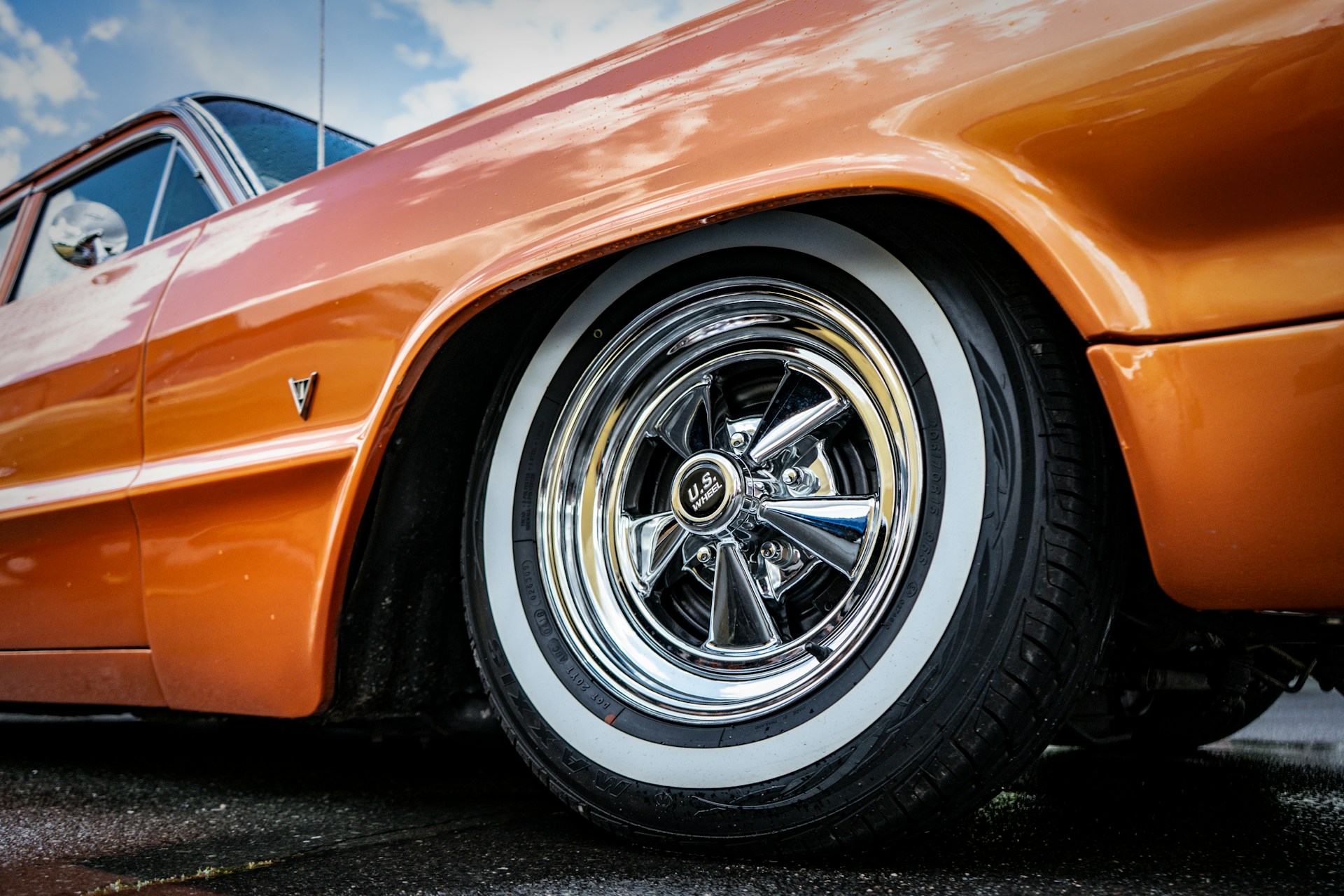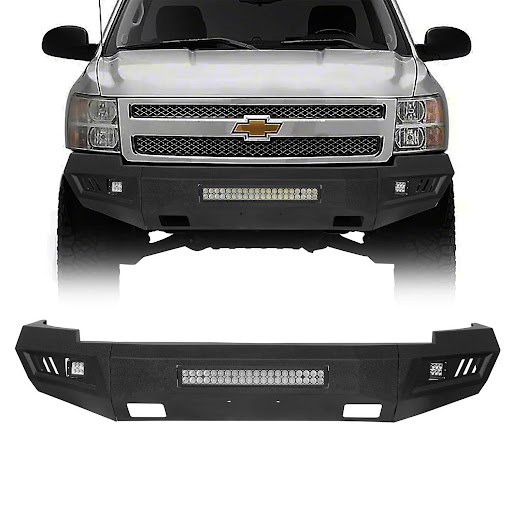Keeping your car looking fresh and new isn’t just about aesthetics; it’s about maintaining the value and longevity of your vehicle. Car body maintenance is crucial for preserving the appearance and preventing long-term damage. In this guide, we’ll dive deep into the ins and outs of car body maintenance, giving you practical tips and insights to keep your ride in top-notch condition.
Understanding Car Body Maintenance
Car body maintenance involves various practices aimed at keeping the exterior of your car in pristine condition. This includes everything from regular washing and waxing to more intensive procedures like dealing with dents, scratches, and rust prevention. Maintaining your car’s body not only keeps it looking good but also protects it from damage that can lead to costly repairs.
Regular Washing
Washing your car regularly removes dirt, grime, and harmful pollutants that can damage the paint. Aim to wash your car at least once a week using a gentle car soap and a soft sponge or microfiber cloth. Avoid using household detergents as they can strip away the protective wax and damage the paint. Regular washing helps to prevent the buildup of contaminants that can cause scratches and other damage.
Waxing Your Car
Waxing provides a protective layer over the paint, shielding it from UV rays, bird droppings, and other environmental hazards. Wax your car every three months to keep it shiny and protected. A good quality wax not only enhances the appearance of your car but also helps to preserve the paint by creating a barrier against harmful elements. Regular waxing can significantly extend the life of your car’s paint.
Touch-Up Paint
Small scratches and chips are inevitable, but they can lead to rust if left untreated. Keep a touch-up paint kit handy to address these minor imperfections as soon as they appear. Touching up paint chips and scratches prevents moisture from reaching the metal underneath, which can cause rust. It’s a simple yet effective way to maintain the appearance and integrity of your car’s body.
Using Car Covers
A good car cover can protect your car from the elements, including UV rays, rain, and debris. It’s especially useful if you don’t have access to a garage. Car covers provide a physical barrier that helps to prevent damage from environmental factors and accidental scratches. They are an excellent investment for preserving the exterior of your car, particularly if you park it outdoors.
Parking in the Shade
Whenever possible, park your car in shaded areas. Prolonged exposure to the sun can fade the paint and cause it to crack. Parking in the shade reduces the risk of UV damage and helps to keep the interior of your car cooler. It also prevents the dashboard and upholstery from fading and cracking over time. If shaded parking isn’t available, consider using a sunshade to protect your car’s interior.
Avoiding Harsh Chemicals
Harsh chemicals, like those found in some household cleaners, can damage your car’s paint. Always use products specifically designed for automotive use. These products are formulated to be gentle on your car’s paint while effectively removing dirt and grime. Using the right products ensures that your car’s finish remains intact and looks its best. Avoiding harsh chemicals is a simple but important part of car body maintenance.
Dealing with Dents and Scratches
For minor dents and scratches, there are several DIY methods you can try. Dent removal kits and scratch repair pens can be effective for small issues. However, for more significant damage, it’s best to seek professional help. Auto body shops have the tools and expertise to restore your car’s body to its original condition. Addressing dents and scratches promptly prevents them from worsening and affecting the overall appearance of your car.
Rust Prevention and Treatment
Rust is a car’s worst enemy, often caused by exposure to moisture and road salt. It starts as a small spot and can spread quickly if not addressed. To prevent rust, regularly wash your car, especially the undercarriage, during the winter months. Applying a rust-proofing solution can also help. If you notice rust, treat it immediately with rust converter or rust remover products to stop it from spreading. Taking proactive steps to prevent rust can save you from expensive repairs down the road.
Maintaining Car Windows and Mirrors
Clean your windows and mirrors with a high-quality glass cleaner and a microfiber cloth. This ensures clear visibility and a streak-free finish. For minor scratches on glass, you can use a glass polish to buff them out. For deeper scratches, replacement may be necessary. Regular cleaning and maintenance of your windows and mirrors improve your driving safety and keep your car looking sharp.
Taking Care of Car Lights
Keep your headlights and taillights clean and clear. Use a headlight restoration kit if they become foggy or yellowed over time. Clear, bright lights are essential for safe driving, especially at night. Also, check your interior lights regularly and replace any burnt-out bulbs. This ensures your car’s interior stays well-lit and functional. Properly maintained lights enhance your car’s appearance and improve your safety on the road.
Cleaning Tires and Wheels
Clean your tires and wheels with a dedicated wheel cleaner. This not only improves appearance but also prevents corrosion. Regularly inspect your tires and wheels for damage, such as punctures or cracks, and address any issues promptly. Clean, well-maintained tires and wheels enhance the overall look of your car and ensure safe driving conditions. Proper tire and wheel maintenance also prolongs their lifespan, saving you money in the long run.
Cleaning the Interior
A clean interior complements a well-maintained exterior. Use a vacuum and appropriate cleaners to keep the upholstery and dashboard looking new. Clean the windows, mirrors, and all surfaces to remove dust and grime. A tidy interior makes your car more enjoyable to drive and ride in. Regular interior cleaning prevents the buildup of dirt and allergens, promoting a healthier environment inside your car.
Preventing Upholstery Damage
To protect your upholstery, use seat covers and avoid eating or drinking in the car. This reduces the risk of spills and stains. If you do have a spill, clean it up immediately to prevent staining. Using protective mats and covers helps to keep your car’s interior in good condition. Taking these preventive measures preserves the appearance and value of your car’s interior.
Seasonal Car Body Maintenance
In winter, wash your car more frequently to remove road salt. Consider applying a winter wax to add an extra layer of protection. In summer, keep your car cool by using sunshades and parking in the shade. Regularly check and maintain your car’s paint to prevent sun damage. Adapting your car maintenance routine to the seasons helps to address specific challenges and keep your car in optimal condition year-round.
Choosing the Right Products
Use high-quality cleaning products designed for cars. This includes pH-balanced car shampoos, microfiber cloths, and non-abrasive sponges. Select waxes and polishes that suit your car’s paint type. Synthetic waxes offer longer protection, while carnauba wax gives a deep, glossy finish. Using the right products ensures effective cleaning and protection without causing damage to your car’s exterior.
Professional Car Detailing
Professional detailing provides a thorough clean and polish that can enhance your car’s appearance and protect it from damage. A good detailing service will clean every nook and cranny of your car, leaving it looking like new. They can also provide additional services like paint correction and ceramic coating. Investing in professional detailing periodically can help maintain your car’s value and appearance.
Conclusion
Car body maintenance is an essential aspect of vehicle care that shouldn’t be overlooked. Regular washing, waxing, and addressing minor issues promptly can go a long way in keeping your car looking great and running smoothly. Whether you choose to handle maintenance yourself or seek professional services, the key is consistency and attention to detail. Keep your car’s body in tip-top shape, and you’ll enjoy the benefits of a beautiful, long-lasting vehicle.
FAQs
How often should I wash my car?
It’s recommended to wash your car at least once a week to remove dirt, grime, and other pollutants that can damage the paint.
Can I use household cleaning products on my car?
It’s best to use products specifically designed for automotive use. Household cleaners can be too harsh and may damage your car’s paint and finish.
How can I remove a scratch from my car’s paint?
For minor scratches, you can use a scratch repair pen or a polishing compound. For deeper scratches, professional help may be needed.
What is the best way to prevent rust?
Regularly washing your car, especially the undercarriage, and applying a rust-proofing solution can help prevent rust. Address any minor rust spots immediately to prevent spreading.
Is professional detailing worth it?
Yes, professional detailing provides a thorough clean and polish that can enhance your car’s appearance and protect it from damage. It’s especially beneficial for addressing more significant issues and maintaining a pristine condition.












